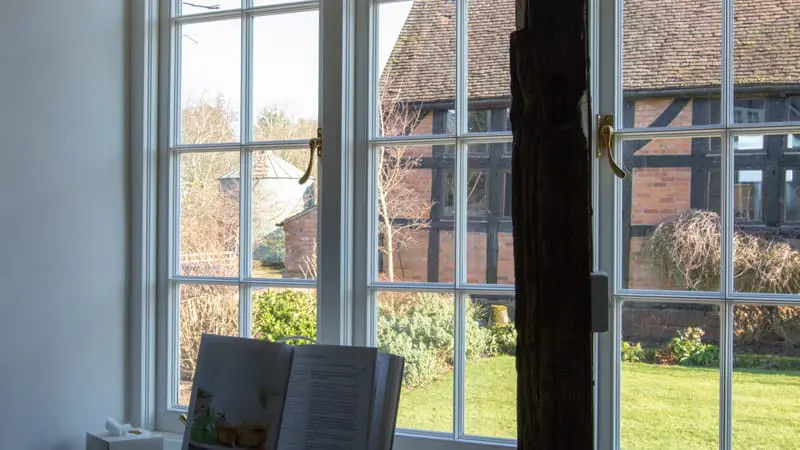
vacuum glazing
Vacuum glazing represents a significant leap forward in window technology, offering enhanced comfort and impressive energy savings for both residential and commercial properties. This cutting-edge technology is rapidly gaining popularity due to its ability to combine aesthetic appeal with high performance. Here’s a closer look at how vacuum glazing works and why it’s becoming a preferred choice.
How Does Vacuum Glazing Work?
Vacuum glazing is a high-performance window technology that boosts energy efficiency by creating an almost complete vacuum between two panes of glass. Unlike conventional double glazing, which uses air or inert gas to reduce heat transfer, vacuum glazing eliminates nearly all the air, resulting in a much thinner and lighter thermal glass unit without sacrificing functionality.
The Science Behind Vacuum Glazing
The core principle of vacuum glazing lies in its ability to create an insulating barrier that drastically reduces heat transfer. By removing air between the glass panes, vacuum glazing minimizes two major forms of heat loss—convection and conduction. This results in windows that maintain warmth during the winter and keep interiors cool during the summer.
Vacuum glazing provides comparable or even superior thermal insulation with a significantly slimmer profile compared to standard double glazing, which typically requires a spacer bar. This efficiency is measured by U-values, where lower values indicate better insulation. Vacuum glazing often outperforms traditional double glazing in this regard.
Advantages of Vacuum Glazin
- Superior Thermal Insulation:
Vacuum glazing’s advanced insulating properties help maintain a consistent indoor temperature, reducing the need for excessive heating or cooling and thus lowering energy bills.
- Enhanced Acoustic Performance:
Vacuum glazing is also highly effective at blocking sound. The vacuum layer significantly reduces external noise, making it an ideal choice for homes and offices in noisy environments, such as those near busy streets.
Vacuum Glazing vs. Traditional Double Glazing
The differences between vacuum glazing and traditional double glazing are striking. Traditional double glazing uses two panes of glass separated by a gap filled with gas or air, providing moderate insulation. However, vacuum glazing offers a more efficient thermal barrier with a much thinner profile, making it suitable for older or historic buildings where thicker glazing may be inappropriate. Additionally, vacuum glazing is less prone to condensation between panes, a common issue with standard double glazing.
Applications of Vacuum Glazing
Residential Use:
Vacuum glazing is ideal for homeowners, especially those involved in new developments or renovations of period properties. For example, in the UK, where maintaining the historical appeal of sash windows in London is crucial, vacuum glazing can enhance energy efficiency without compromising the building’s character.
Commercial Applications:
In offices and commercial buildings, vacuum glazing improves both comfort and energy efficiency, contributing to a more sustainable and productive environment.
Maintenance and Care
Maintaining vacuum glazing is straightforward. Regular, gentle cleaning keeps the glass clear, and periodic inspections ensure that seals and frames remain in good condition. This minimal upkeep ensures long-lasting performance.
Cost Considerations
While vacuum glazing may have a higher upfront cost compared to other glazing options, the long-term energy savings often outweigh the initial investment. Factors influencing the final cost include window size, the type of glazing unit, and installation complexity.
Compliance with Energy Efficiency Regulations
Vacuum glazing meets current building standards and energy efficiency regulations, enhancing a building’s overall energy performance and positively impacting energy ratings.
Case Studies and Real-World Examples
There are numerous successful implementations of vacuum glazing that demonstrate its benefits. For instance, in London, vacuum glazing has been used in sash windows of historic buildings to achieve energy efficiency without compromising the historical integrity of the structure. Users often report a significant reduction in energy costs and improved comfort.
The Future of Vacuum Glazing Technology
The future of vacuum glazing is bright, with ongoing research aimed at further improving the technology. Potential developments include even thinner units, longer durability, and more affordable pricing, making vacuum glazing accessible to a broader audience.
Choosing the Right Glazing for Your Needs
When selecting the appropriate glazing, consider factors such as energy efficiency, aesthetic preferences, and budget. Consulting with experts can help you choose the best option tailored to your specific requirements.
Conclusion
Vacuum glazing is a revolutionary advancement in window technology, offering enhanced comfort and significant energy savings. Whether you’re restoring a historic building or aiming to boost energy efficiency in a modern home, vacuum glazing provides a compelling solution that blends high performance with aesthetic appeal.
